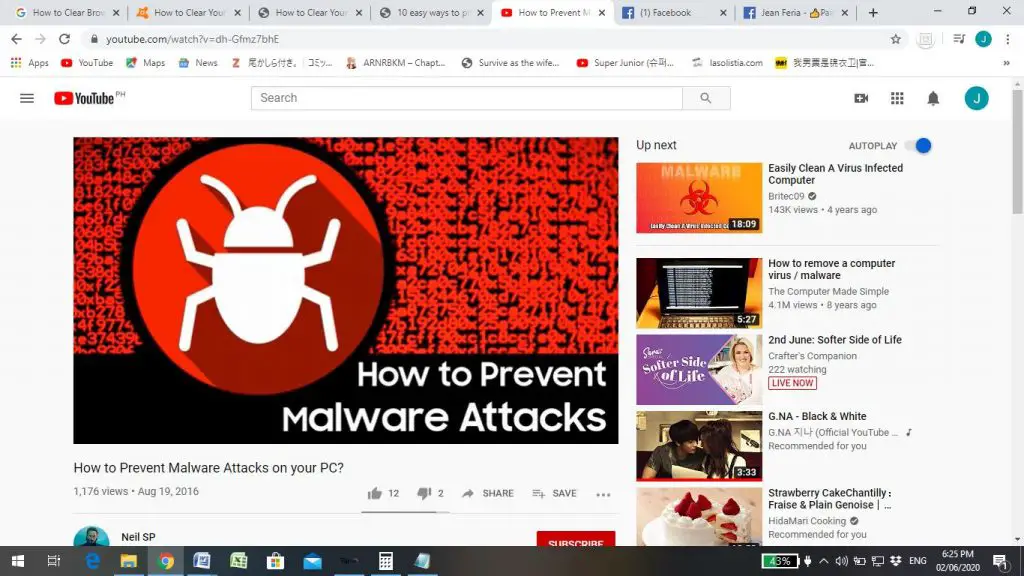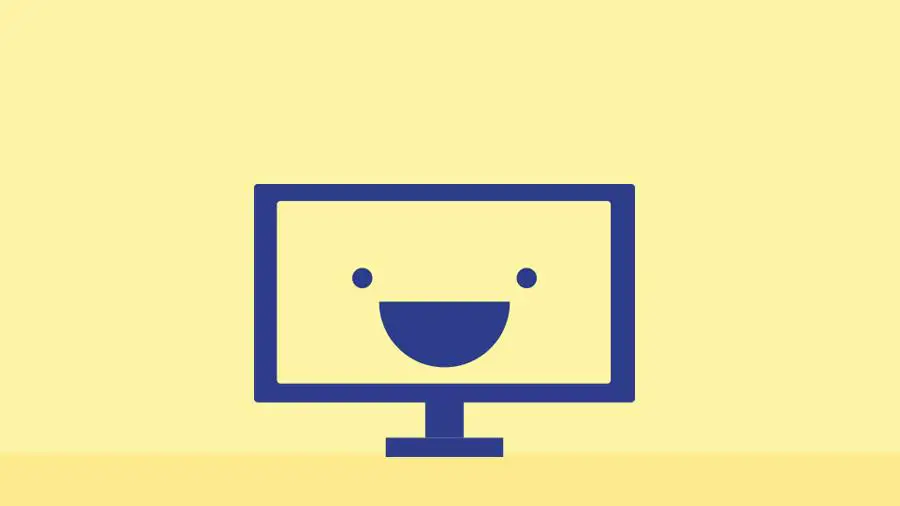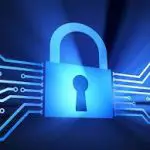Image Source: Malwarebytes
When your computer is behaving in a strange manner or beginning to slow down, it might be due to some malware. While some of these infections are simply annoying, others are malicious. Here are 10 easy ways to prevent malware.
1) Protect your network
Use a strong password to secure your network. Use WPA2 or WPA encryption. Don’t use WEP because it can be easily bypassed by expert cybercriminals. Don’t broadcast your SSID or Wi-Fi network’s name. If you want to access your Wi-Fi connection, you need to manually input the password and SSID. In case you have guests who often use your Wi-Fi connection, you should give them a guest SSID with a different password.
2) Use anti-malware/anti-virus software and firewall
These tools can detect and block malware and viruses. Anti-malware software uses several layers of technology to stop malware infection in real-time, protect vulnerable programs, and prevent sophisticated attacks from cybercriminals.
3) Use your anti-virus software to run scans on a regular basis
Run scans once a week. Since it’s hard to use your PC while the anti-virus software is working, you should consider running the software at night – when you’re not using your PC. Make sure that your computer doesn’t go into hibernation mode or shut down automatically.
4) Keep your OS and anti-malware/virus software up-to-date
Operating system and software program developers are always releasing security patches that plug and fix security leaks. There’s always a new malware or virus, so it’s important to keep your anti-malware/virus software and OS up-to-date.
5) Be wary of social engineering
Cybercriminals are experts in collecting information through social engineering. Phishing is one of the most common cybercrimes, so always read your emails carefully. Check the address of the sender. Make sure that the URL included in the email is legit. Know the usual means of communication for businesses. Don’t confirm personal information through text, especially your social security number.
Don’t contact any fake support number. Real security companies would never offer their services through pop-ups which say that your device is infected. Your security software will show that it detected malware during the scan. It won’t encourage you to spend money to get rid of the infection.
6) Use different strong passwords
Avoid using the same password for your accounts. Most people use the same username or email address for all of their accounts. If your password is discovered by a cybercriminal, it will only take seconds to hack your accounts. Include numbers, symbols, and lower and upper case letters in your passwords. Don’t use pet names, dates, or other passwords that are easy to guess.
7) Protect vulnerabilities
Malware is usually delivered through exploit kits that search your computer for weaknesses such as obsolete software programs and security protocols. One of the best ways to protect your device from vulnerabilities is to update your plug-ins, operating system, and browsers. Exploit kits are usually delivered through malicious ads or malvertising.
Click-to-play plug-ins can help prevent exploit kits from exploiting your vulnerabilities. By enabling these plug-ins, you can keep Java or Flash from running. You should also uninstall any software that you are no longer using. For example, Microsoft no longer produces Windows XP software patches. Using a program without support leaves you open to cyberattacks.
8) Think before clicking anything
Don’t open email attachments from businesses or someone you don’t know. Avoid websites that contain pirated material and don’t click on links in unsolicited emails. Hover over links before you click them to see where the links are taking you—scan files before running them.
9) Protect your personal data
Cybercriminals can gain access to your accounts and get your personal information, such as your banking data. They might even steal your identity. Be careful on social media and message boards. Don’t use your real identity or real name on discussion boards. Lock down your privacy settings. Log out of your accounts after you are done, especially if you’re not using your own device. Closing the browser tab is not enough. Someone with enough technical knowledge could access your login data from session cookies and use it to get your personal information.
10) Avoid using open Wi-Fi
Don’t use free Wi-Fi at the airport, local coffee shops, and other public areas. If you can access the network without any problem, it would definitely be the same for cybercriminals. Make sure that your connection is secure. There should be a padlock symbol to the left of the link or URL. It means that the data passed between your browser and the website server remains private. The link should begin with “https” as well.
You should also back up any files that you have. Store your files in at least 3 different places – your PC or mobile phone, off-site and external hard drive. You can use 2 external hard drives or get a backup service to store your files.
Your Takeaway
Here’s a video that explains what malware is and how you can prevent it.

Source: YouTube.com



